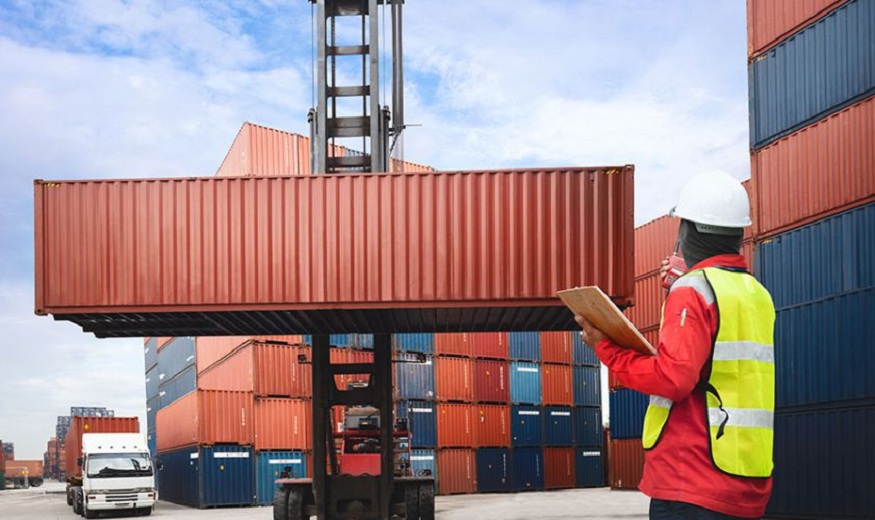When purchasing a shipping container, conducting a thorough inspection is crucial to ensure you select one that meets your specific needs and remains durable over time. Begin by carefully inspecting the exterior for any signs of rust or corrosion, particularly around the base and seams, as these areas are often the most susceptible to environmental wear. Rust or corrosion in these spots can provide key insights into the container’s history and reveal any underlying structural concerns.
Also, take note of any dents or warping that may indicate weaknesses in the container’s ability to maintain its shape and provide proper protection. Check the condition of the paint; peeling or flaking paint may indicate prolonged exposure to harsh elements and potential hidden damage.
Don’t overlook the interior during your inspection. Look out for water damage, cracks, or light seeping through, as these may be signs of compromised waterproofing. Inspect the flooring for wear or damage, especially if it could affect the container’s load-bearing capacity. Additionally, check for any lingering odors, which might suggest the previous storage of hazardous materials, potentially posing risks or limiting the container’s future use.
It’s important to pay close attention to the structural components of the container. Areas such as hinges and seals should be carefully examined since they play a key role in keeping the container sealed and secure. Doors and their seals should be intact and functioning well to ensure that the unit is watertight.
For those in regions with high humidity, like Miami, it’s essential to consider how the local climate can speed up the degradation process. Experts at Tradecorp Container Sales and Rental recommend performing regular inspections, as high moisture levels and exposure to extreme conditions can accelerate rust and other deterioration factors, making this process even more essential.
Finally, verify whether the container has any documentation, certifications, or history of prior use or repairs. These records can provide valuable insights into the overall condition and structural integrity of the container. If any modifications have been made, such as the addition of windows or doors, take time to assess how these changes might impact the container’s long-term durability.



